Apple yesterday published a document in which it is described in detail how the new authorization system Face ID actually works, which will appear for the first time in iPhone X. A six-page document titled "Face ID Security" can be downloaded <a href="https://cdn.shopify.com/s/files/1/1932/8043/files/200721_ODSTOUPENI_BEZ_UDANI_DUVODU__EN.pdf?v=1595428404" data-gt-href-en="https://en.notsofunnyany.com/">here</a> (.pdf, 87kb). This is a fairly detailed text, and if you've had any doubts about this technology, here's everything you need to know.
It could be interest you
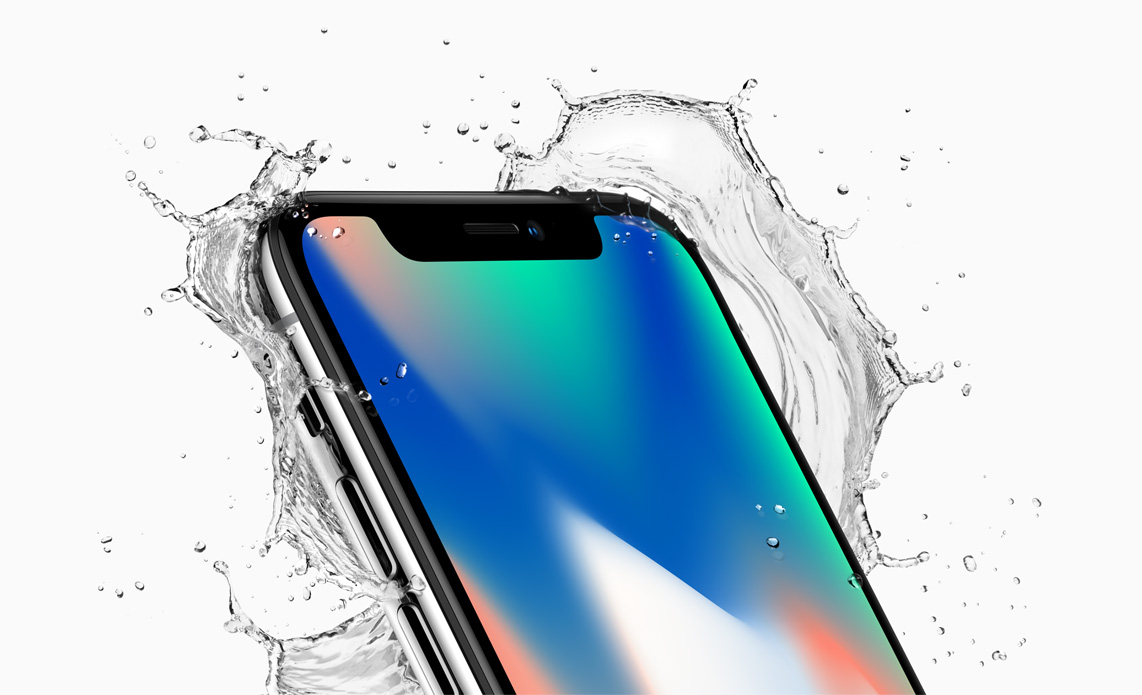
The document begins with a description of how Face ID actually works. The system detects if the user wants to unlock the phone based on where they are looking. As soon as it evaluates that it is time for authorization, the system will perform a complete face scan, based on which it will determine whether the authorization will be successful or not. The entire system can learn and react to changes in the user's appearance. All biometric data and personal data are very thoroughly secured during all operations.
It could be interest you

The document also tells you when your device will ask you for a passcode even if you have Face ID set as your primary authentication tool. Your device prompts you for a code if:
- The device has been turned on or is after a reboot
- The device has not been unlocked for more than 48 hours
- A numeric code has not been used for authorization in more than 156 hours and Face ID in the last 4 hours
- The device has been locked remotely
- The device made five unsuccessful attempts to unlock via Face ID (this is what happened at the keynote)
- After pressing the power off/SOS key combination and holding it for two seconds or more
The document again mentions how much more secure this authorization method is compared to the current Touch ID. The probability of a stranger unlocking your iPhone X is roughly 1:1. In the case of Touch ID, it's "only" 000:000. This probability drops significantly in the case of twins or children under the age of thirteen, because they do not have sufficiently developed facial features that are critical for using Face ID.
It could be interest you
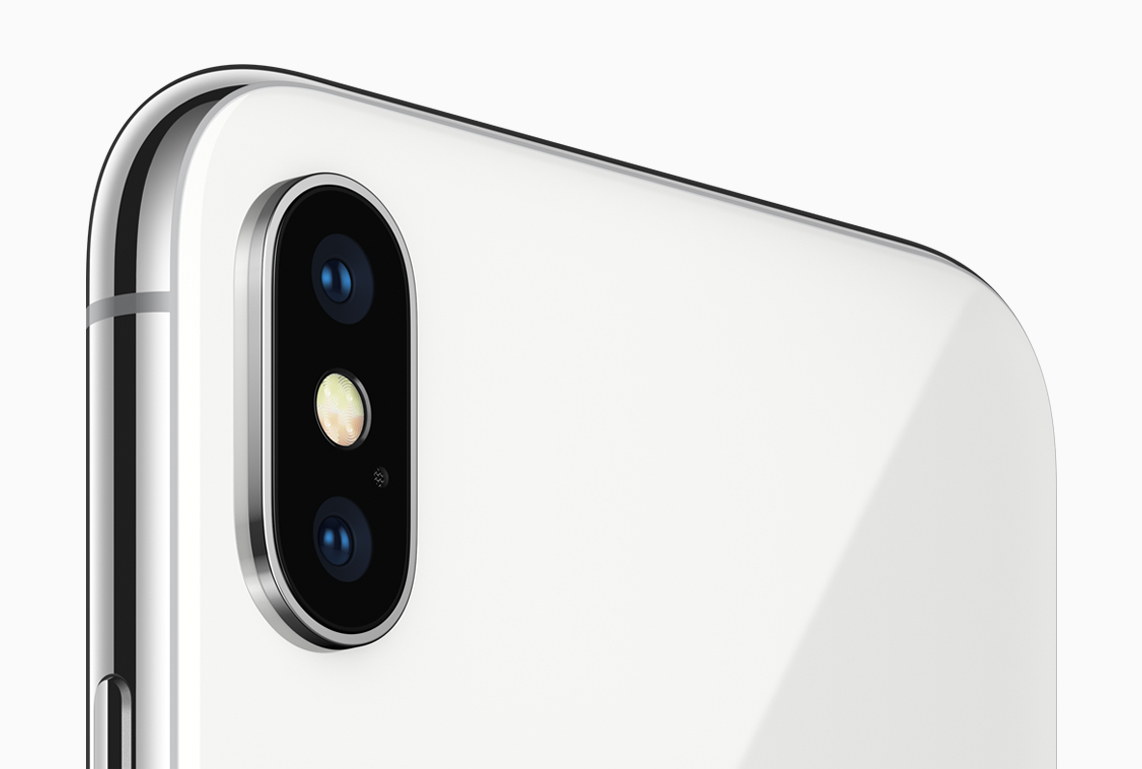
The next lines confirm that all data associated with Face ID remains stored locally on your device. Nothing is sent to Apple servers, nothing is backed up to iCloud. In case of setting up a new profile, all information about the old one will be deleted. If you are really interested in this issue, I recommend reading this six-page document.
It could be interest you
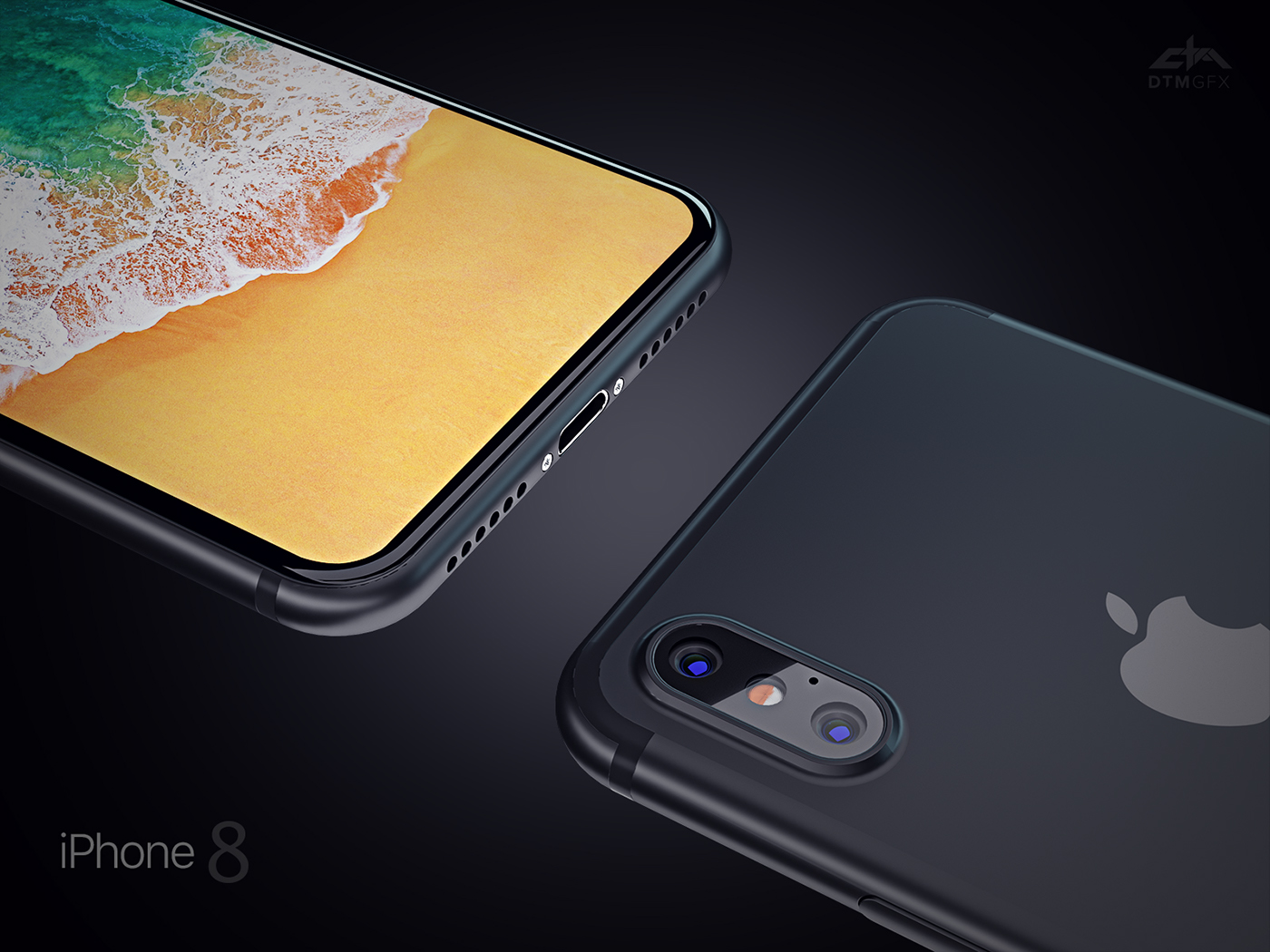
Source: 9to5mac
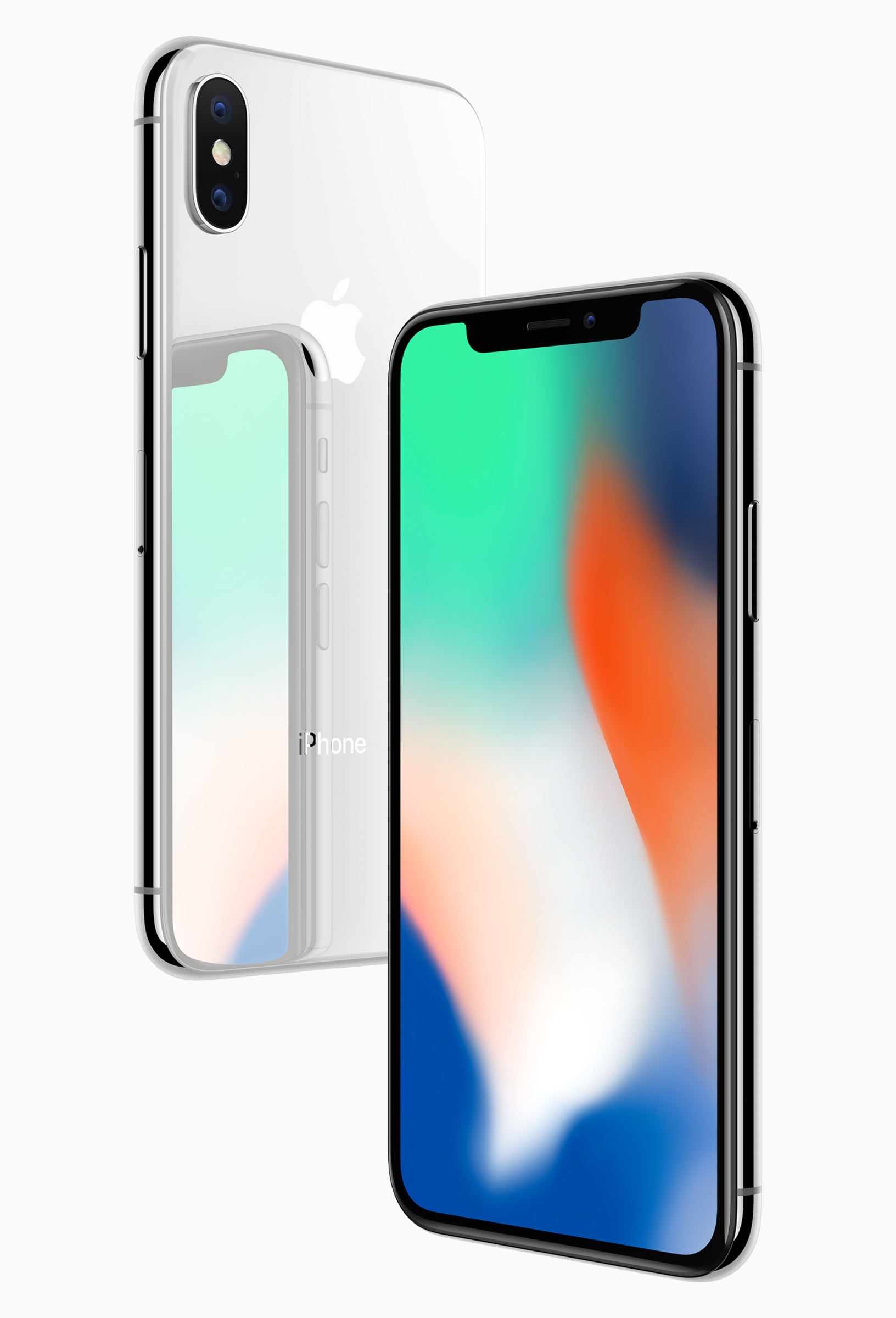
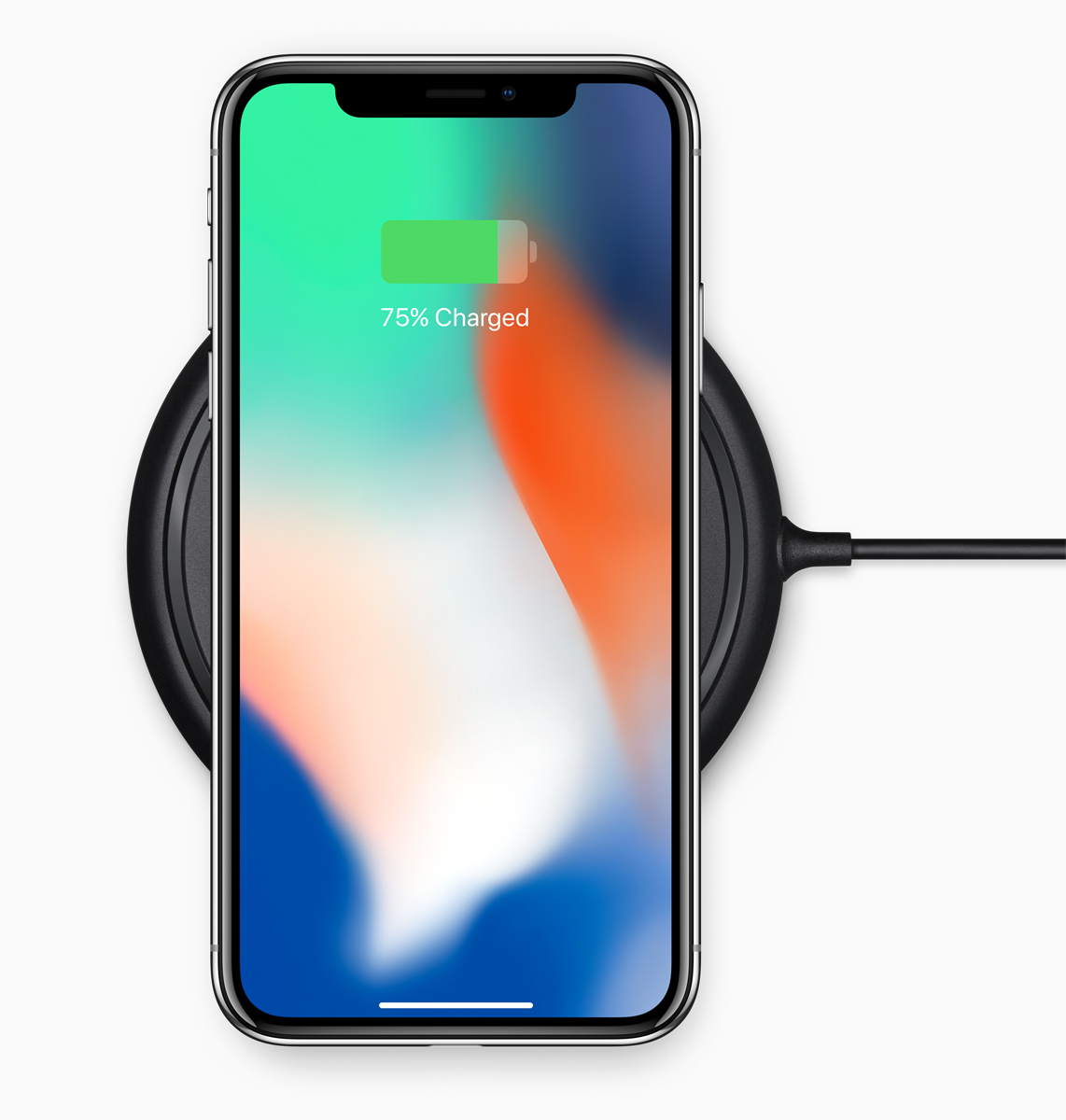

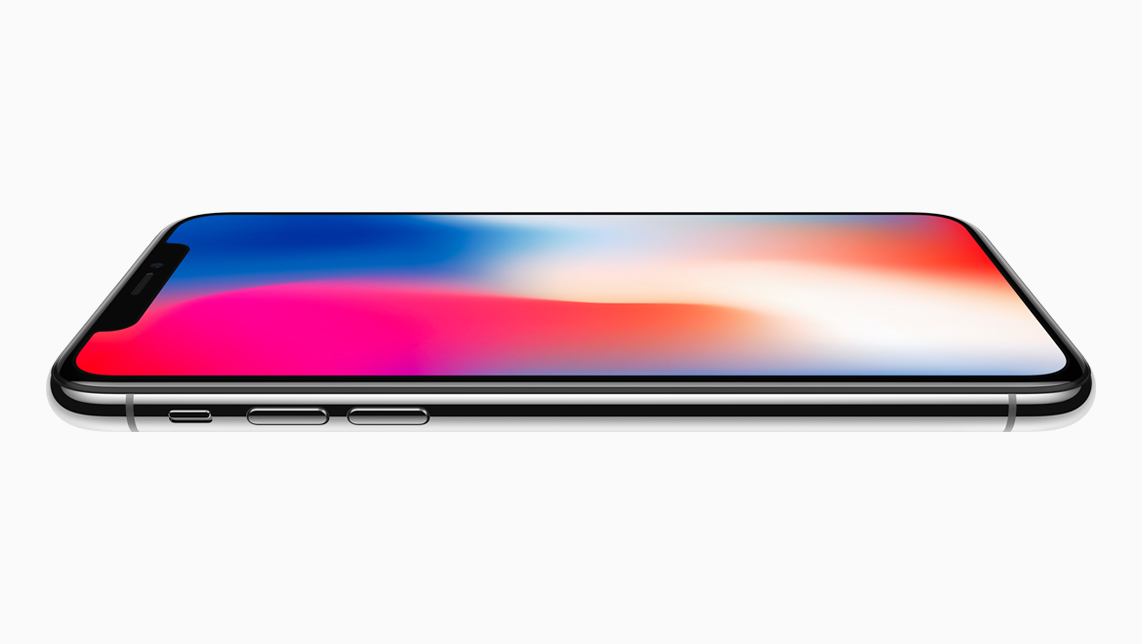
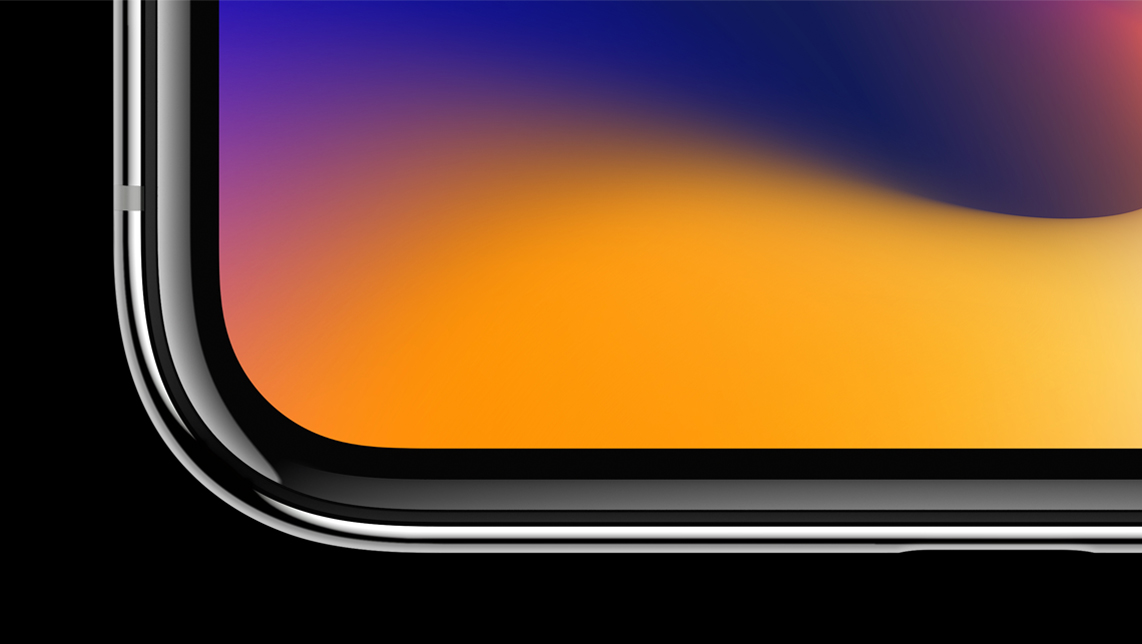
The device made five failed attempts to unlock via Face ID (that's what happened at the keynote) - really? Where? When? To write something like that in an article at the end of September really says something. ?